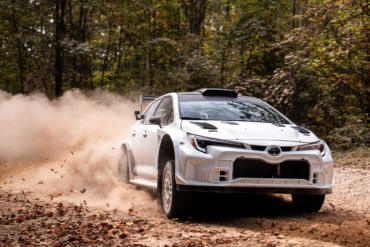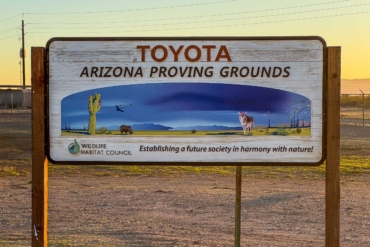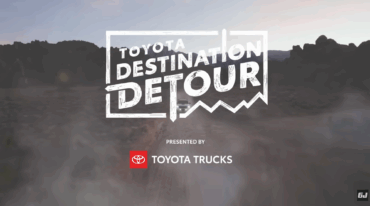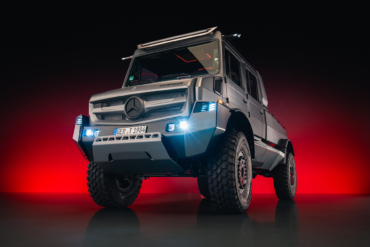Beating the daily grind and living life on the road has a lot of appeal for outdoor-minded folks. Here’s what I use to make it a reality.
There was never a plan. Trying to balance a rigorous startup job with a ceaseless desire for adventure, I decided to give away most of my possessions, buy a used Tacoma, and move in. This compromise offered flexibility and fresh air at the cost of normalcy, which I willingly accepted. Microadventures, long weekends in the mountains, and remote work all became much closer to reality.
A few days later I bought a LEER truck cap and spent the weekend crafting my first storage system – a drawer in the bed. I’m now working on its fourth iteration. Over the last three years, truck life has evolved with me.
I’ve progressively optimized for dirt roads and more out of office emails. And, while the nomadic lifestyle has some obvious downsides like a lack of showers (sorry Mom), it enabled some of the best years of my life. If simplicity, fixing things, and seeing new places draws you, consider it. Here’s how I set up my truck for adventure.
Living in a Tacoma
Unlike many Sprinters, the TacoMama is nothing fancy. I designed it to go anywhere, which comes at the cost of comfort. There is no A/C, heater, or water pump – and no cooking inside.
Also, it has no LED string light, prayer flags, or general frills. Instead, I invested in 4-wheel drive, A/T tires, a 3” lift, and a practical sleeping setup that works as well in the city as it does in the mountains.
It’s almost always dirty and smelly – and that’s why I love it. Truck life isn’t right for everyone, but if you do go down this route, this is where I suggest you start.
Storage
The Thule Motion XT cargo carrier has just enough space for a couple pairs of skis, tents, sleeping bags, and assorted camping, climbing, and biking gear. But not much more. It’s low-profile and easy to use, making it the ideal non-excessive gear hauler.
Power
Solar panels often stick out like a sore thumb, so I opted for three flexible panels that contour to the roof of the truck. I daisy-chained the Lensun 100-watt panels to a Goal Zero 1400, which stores enough power for the fridge to run for a handful of days – or indefinitely if the sun is out.
Cooking
With a focus on reliability, I bought a Camp Chef Double Burner. And it’s run, without fail, since. I’m able to make coffee and oatmeal in the morning and veggies and quinoa at night, which is all I need. The stove is connected to a 20-pound propane tank that cuts down on waste and rarely needs to be refilled.
I’m a big proponent of meals cooked on a cast-iron skillet. I pair that with nonstick MSR pots, bowls, plates, and TOAKS sporks. I keep my coffee fairly simple, too. Wide-mount MiiR bottle and a large steel french press off Amazon are all you need.
Water
I rely on a seven-gallon water jug to store most of my water, refilling it every couple of weeks. When I head out on long trips or want a quick shower in the backcountry, I use MSR 10L Dromedary. I tried a lot of other systems and ultimately defaulted on this one. Less is more.
Sleeping
Four inches of memory foam and a pair of standard pillows set the foundation. Two Mountain Hardwear sleeping bags for different temperatures – the Phantom for colder nights and Ratio for warmer ones – keep me happy in any weather.
Maintenance
I always keep a few rolls of duct tape, a bundle of zip ties, a cordless drill, a set of wrenches, and a good headlamp when the inevitable bad luck strikes. This makeshift kit has saved me more than once.















